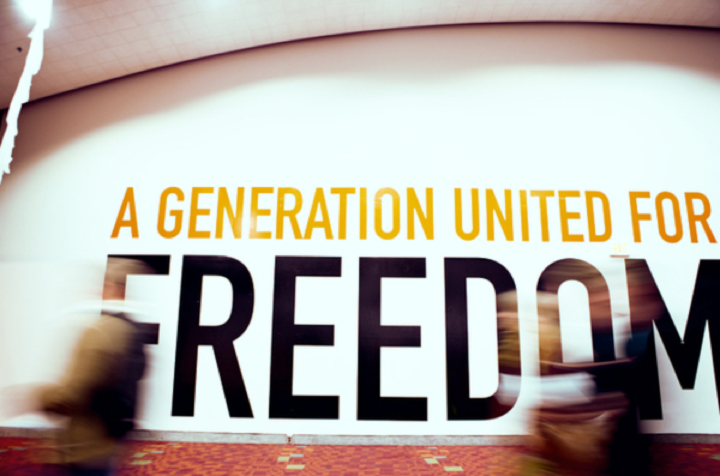/by Anna Bailer/
Environments can be comforting, provocative, or sometimes disturbing; all of which have different effects on the viewer. Being submerged in a new or different environment is an effective way to transform the reality of another person, or can prompt them to question the one they currently know. WE The designer of these environments has the ability to change a person’s life, just for a moment or possibly creating an experience that will stay with them forever. It’s up to the designer to decide what direction they would like to shift reality. Immersive design is the art of telling stories through spaces, allowing a viewer get lost in another world, either digitally or physically. These stories have the potential to become the reality of the person interacting with them. In 2007 a British designer named Alex McDowell coined the term “immersive design”, he wanted to put a name to the discipline that focuses on narratives and story telling through different mediums.
Spaces, especially physical, can make a large impact on the person interacting with them. Contemporary installation art has begun to incorporate more than the visual sense, exploring interactivity through touch and sound. The act of entering a new environment prompts the viewer to ask questions, think critically, and consider new ideas. In January 2011 I attended the Passion Conference in Atlanta, Georgia. Forty thousand college-aged students gathered together to learn about and help fight modern day slavery. Throughout the weekend we raised almost 1.5 million dollars to give to organizations we had never heard of before Passion. Why was this fundraiser so successful? I believe a large part of it had to do with the way the space was designed. Every organization created an environment that placed the viewer into the life of the person they would help if they donated money. These environments completely encapsulated the viewer, allowing them to enter the life of a person across the globe. By doing this the students shifted their own reality to someone else’s, which in turn affected their emotions and conceptions. The designers of these spaces worked thoughtfully and created installation art that meant something. It helped not only the college students understand contemporary issues going on around the world, but it also helped the organizations who received the funds and the people whom the organizations worked with. The artwork had an incredibly large impact on my design work as well as my life, and it was the result of being submerged in a new and interactive space.

Installation art (and design) submerges the viewer into an alternate environment that if used purposefully, it can communicate ideas, emotions, and solutions. Similarly to the feeling one gets after watching a great film, environments can deeply impact the way people feel and think, potentially what they believe to be true as well. The concept of relational aesthetics nods to this idea. Nicolas Bourriaud, a curator and art critic, wrote an essay on relational aesthetics in 1998, focusing on how people interact within exhibitions. He says that spaces can be designed specifically to force communication and focus on human relationships. When people enter these spaces, they automatically slow down and take in their surroundings, instead of just passing through. Society’s recent increase in technology has stimulated growth, but has also made people more engaged with gadgets and less engaged with each other and the environments they’re in. Using art to bring people back to reality and encouraging them to focus on the present time can hopefully simulate thought in a different way.
Immersive spaces are important as a source of engagement. Artists and designers have the chance to control, or manipulate, the movements and reality of the people who interact with their space. It’s a way to impact lives in many different ways, from inspiring people with beauty or calling them to action by revealing dark circumstances. All of this is important, but it’s most important that the viewer is able to interpret the space, hopefully in the way the designer wanted them to. Installation art is a way of communicating ideas by taking a person and putting them into a reality that they have never experienced before. By submerging a viewer, artists have the powerful opportunity to change the conception of life, and of reality.


This is absolutely amazing! I am a senior at the University of Cincinnati’s Industrial Design Program. For my senior capstone, I am working on creating an immersive environment to reduce discomfort and increase autonomy in hospitalized patients. I am curious what resources you used to learn these facts about immersive environments. I would love to chat about making an impact through design and immersion. E-mail me at hali.nacdimen@gmail.com. Thanks!!!